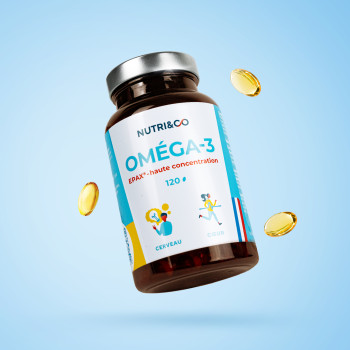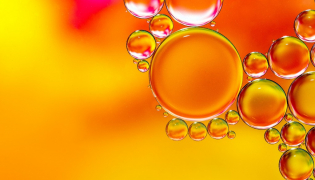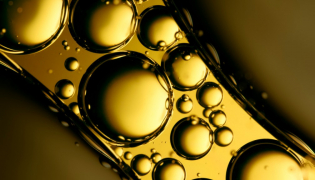You all know that (or almost), omega-3 are the panacea for lipids! Among them, two stars are competing for the top spot: EPA and DHA. If these two polyunsaturated fatty acids are found in all the mixes of your little yellow capsules, it is in terms of their proportion that there is a debate.

WHAT TO RMEMBER :
- There are several types of Omega-3: in supplementation the most important are EPA/DHA.
- In a preventive approach, it is necessary to focus on balanced EPA/DHA ratios.
- In a curative approach, opt for ratios in favour of EPA or DHA instead.
ALA, EPA, DHA, Quèsaco ?
Scientists like to give complicated words to simple things, we can sometimes even wonder if the molecular nomenclature was not invented at the turn of an evening a little too drunk...
Here are the barbaric names of the three main omega-3 :
- ALA or alpha-linolenic acid, okay, he's soft,
- EPA, or eicosapentaenoic acid, big-up to the one who reads it at once !
- DHA, or docosahexaenoic acid, thug life to the one who takes it out in verlan...
In short, ALA is theoretically the only essential omega-3, i.e. the only one that our body does not produce. However, if you pay attention to your diet, you can find enough of it in some vegetable oils such as rapeseed or nuts.
But where the problem lies is with EPA and DHA. In fact, the organism is supposed to produce EPA from ALA and then DHA from EPA. But we only process 5% of ALA into EPA... So, without eating at least three servings of fatty fish a week, we are pretty sure we will run out. That's where nutraceuticals comes in to help us.
First of all, why are we talking about ration ?
In fact, like any industry, lipochemistry has established its own standards and nomenclature. In terms of omega-3, we will talk about the EPA/DHA ratio per gram of material. An oil TG1 18/12 is composed of 18 mg EPA and 12 mg DHA per gram. Easy !Producers influence this ratio by influencing the proportion of different types of raw materials.
Sardines, anchovies and mackerel will tend to be richer in EPA while tunas contain mostly DHA.
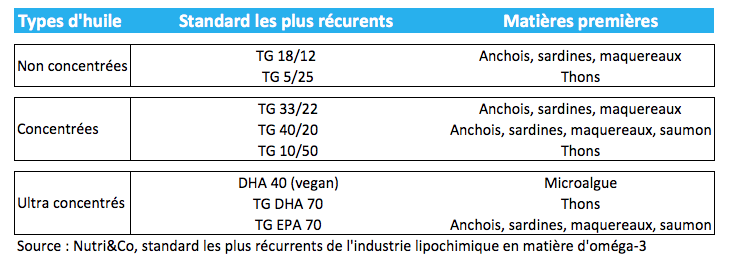
Of course, the marketing teams are not going to sell you TG 33/22, this barbaric language would make you run away directly! Instead, we will talk about concentrated oil with an EPA/DHA ratio of 3:2. It's still technical, because we don't sell apples, but it's less scary...
Now, what does science say ?
With more than 33,000 studies on omega-3, we are beginning to get a glimpse of the specific effects of EPA and DHA. The strongest results have even been the subject of health claims from ANSES and EFSA2. They are summarized in the table below.

As you will have understood, it is hard to get an idea of an ideal health ratio to the point. However, two trends can be identified :
- A preventive approach with a long-term daily cure: the idea here is to balance the ratio omega-3 omega-6 in order to avoid the risks of cardiovascular and inflammatory diseases that may occur over time. Here, we will focus on balanced EPA/DHA ratios. With our ratio of 3/2, we therefore opted for this approach.
- A more curative approach with a short-term cure: the idea here is to use EPA or DHA as an aid in the treatment of a targeted pathology. In this case, ratios that increase the concentration of EPA or DHA should be preferred. For example, a 1/5 tuna oil or 0/4 seaweed oil will be perfect to help treat dry eyes.
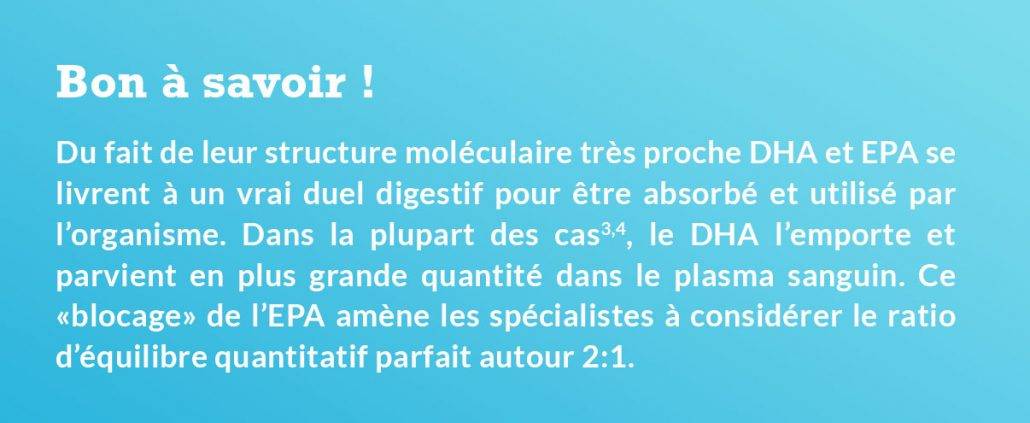
(1) TG stands for triglyceride, it is the most commonly found form of omega-3 in Europe. It is a natural and stable form.
(2) EFSA recommendations: cardiovascular, vision and brain health claim; pre & postnatal health claims; complementary cardiovascular health claims.
(3) Bloch & Qawasmi et al, 2011
(4) Sublette et al, 2011

